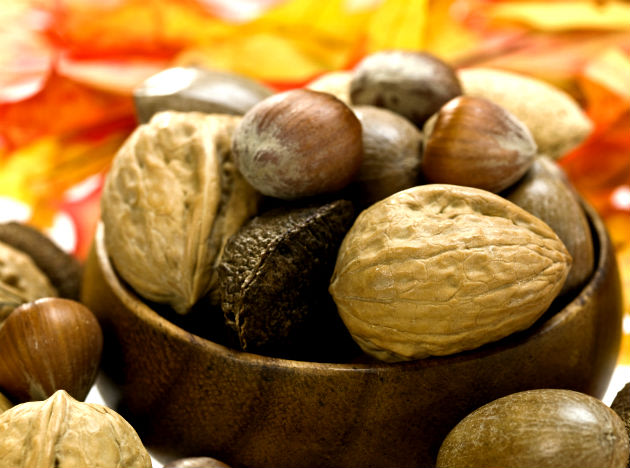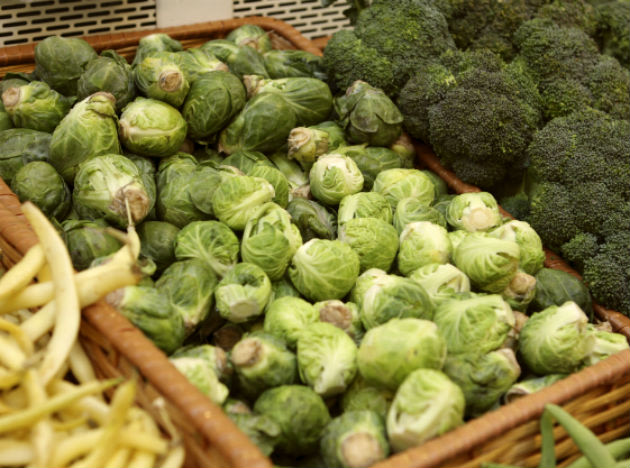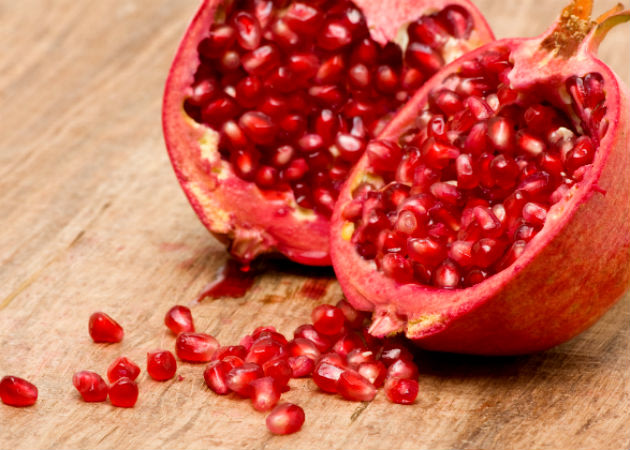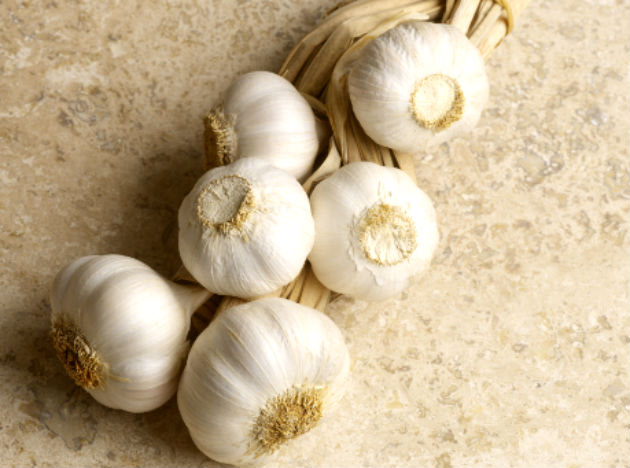Small crochet purse
those interested in simple, healthy, vegetarian recipes, you're free to view my blog-
http://gseasyrecipes.blogspot.com/
Labels: anti-cancer, blood pressure, Cholesterol, eggplant, Gout, hemoptysis, hyperlipidemia, Vitamin P
Labels: Alzheimer's disease, causes, Complications, Diagnosing, prevention, tests, Treatments
Labels: Basal Cell Carcinoma, Breast cancer, Coffee, endometrial, Prostrate cancer
Labels: active, de-stress, Exercises, memory, obesity, tips, walking
Labels: bees, memory, recalling, strategies
Labels: hypnosis, irritable bowel syndrome, stomach pain
Labels: cancer, Cholesterol, circadian rhythm, Depression, eye sight, heart diseases, hormonal processes, insomnia, internal clock, melatonin, obesity, physiological process, sunlight, yellowing lens






Labels: Antioxidants, Blueberries, Brazil nuts, Broccoli, Cabbage, Garlic, heart, lowers LDL cholesterol, lycopene, pomegranates, Prostrate cancer, salmon, skin, sperm, Tomatoes, whole grains
Labels: chest pain, heart attack symptoms, myocardial infarction
|
Labels: blisters, bug bites, burns, nails, removes smell, skin ailments, sores, tooth paste
Labels: diabetes, Exercise, night shift, obesity, sleep